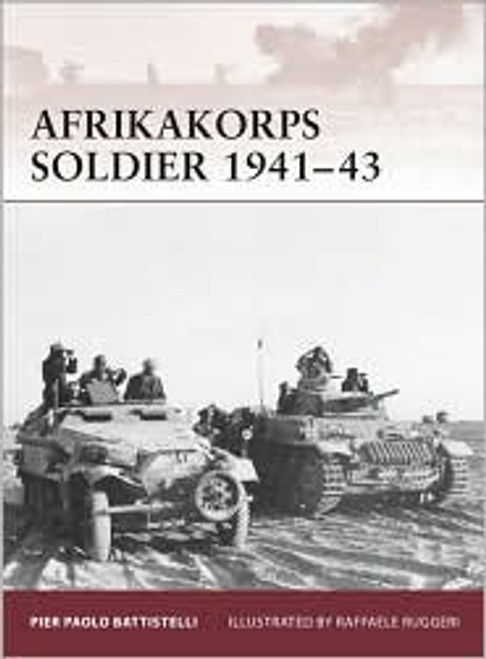Description
Great Book by Osprey Publishing. 64 pagesThe ferocity of the Pacific War almost defied the available military technology. Nobody could have grasped the nature of 'storm landings' against the meticulously fortified islands of the Japanese strategic defense perimeter, occupied by a fiercely determined enemy, capable of resisting past all perceived limits of human endurance. In this environment the evolving use of tanks by the US Marine Corps played a significant role: at the end of the Battle of Okinawa, Major General Lemuel Shepherd wrote in his report that 'if any one supporting arm can be singled out as having contributed more than any others during the progress of the campaign, the tank would certainly be selected.' US Marine Corps tankers fought on Guadalcanal with two companies of M2A4 and M3 light tanks, with a further three companies joining by the end of the campaign. After 3d Tank Battalion landed on Bougainville in 1943, all subsequent landings would feature the M4 series medium tanks. Just as the amphibian tractor changed the Marine Corps role and mission, the tank, by late 1943, was fighting other tanks, antitank guns and fixed fortifications. Tank companies and platoons fought in close coordination with the infantry to blind, burn and blast: 'processing' enemy held territory yard by yard.' This book traces the history of the US Marine Corps tank crewman, and his experience in battle in the Pacific Theater. Along the way Marines made several key innovations, including the improvisation of tank infantry telephones and flamethrowers, and the use of diesel powered tanks. Many other field improvisations occurred in the individual units. The war also brought significant changes in doctrine, machines and organization, and the Marines progressed from receiving impromptu 'on the job' training to attending formalized schools.











